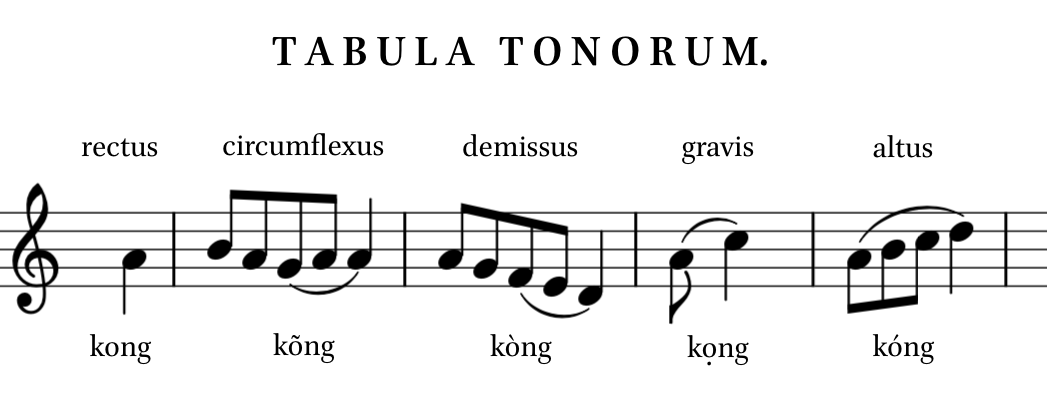The Tai dialect spoken in Cao Bằng province, Vietnam, is at an intermediate stage between tonal register split and the accompanying transphonologization of a voicing contrast into a dual-register tone system. While the initial sonorants have completely lost their historical voicing distinction and developed a six-way tonal contrast, the obstruent series still preserves the original voicing contrast, leaving the tonal split incomplete. This paper presents the first acoustic study of tones and onsets in Cao Bằng Tai. Although f0, VOT, and voice quality were all found to play a role in the system of laryngeal contrasts, the three speakers considered varied in terms of the patterns of acoustic cues used to distinguish between onset types, particularly the breathy voiced onset /b̤/. From the diachronic perspective, our findings may help to explain why the reflex of modal prevoiced stops (*b) can be either aspirated or unaspirated voiceless stops.
Laryngeal contrasts in the Tai dialect of Cao Bằng
ChulaSEAL author(s):
APA: Pittayaporn, Pittayawat, and Kirby, James. (2017). Laryngeal contrasts in the Tai dialect of Cao Bằng. Journal of the Internation Phonetic Association, 47(1), 65-85.
DOI:


